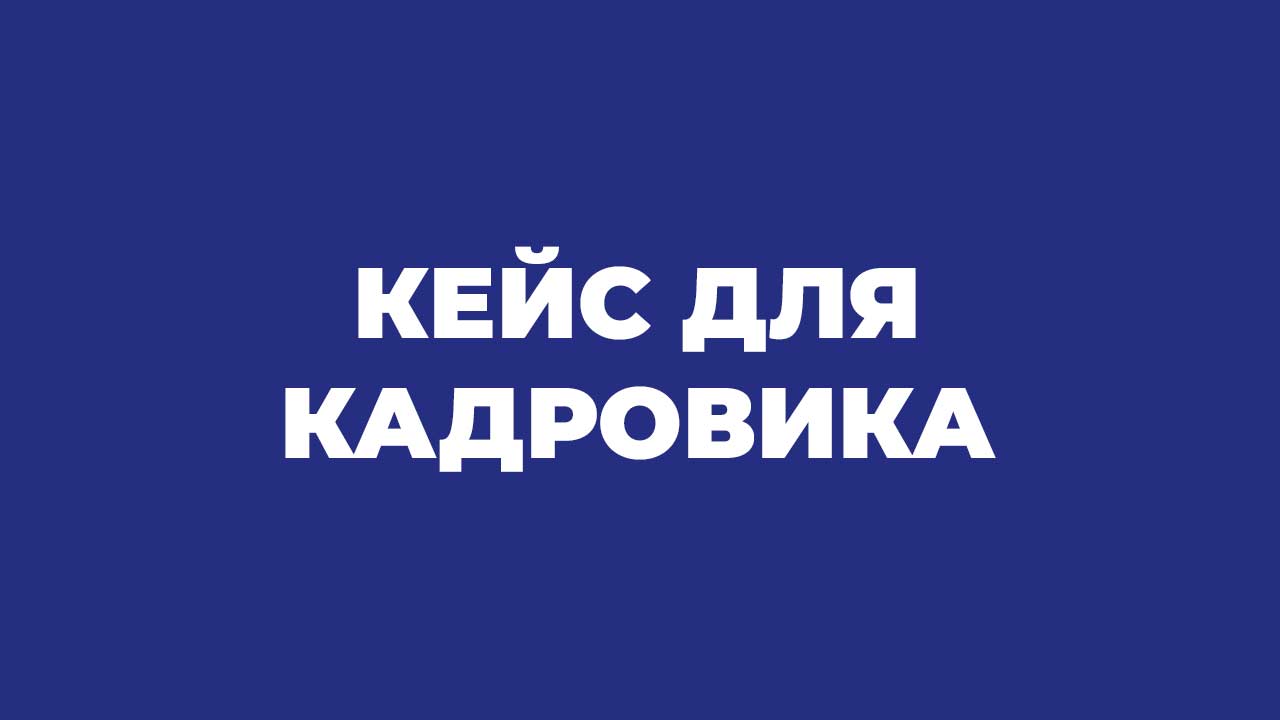active and purposeful military lawyer with more than 4 years of experience
Talks about reforming labor legislation have been going on for decades, not even years.
The current Code of Labor Laws of Ukraine (hereinafter referred to as the Labor Code) was adopted back in 1971, and despite numerous changes, it no longer corresponds to modern realities, causing complaints from both employees and employers.
And finally, the draft of the Labor Code of Ukraine (further - TC), developed by the Ministry of Economy, has been made public for discussion.
If adopted, the Labor Code will replace the Labor Code and will determine the legal mechanisms for the implementation of the right to work, its protection, and balance the interests of employees and employers.
You may be interested in reading articles on the following topics: collection of debt from wages recovery of wages through court recovery of wage arrears recovery of wages recovery of wages in court recovery of wages through court.
The main landmarks of TC
In particular, TC wants to achieve:
- reducing the level of state intervention in individual relations in the labor sphere;
– simplification of the procedures for entering into and terminating employment relations;
– stimulation of business entities to create jobs;
- "debureaucratization" of labor relations;
- ensuring non-discrimination of employees and implementation of the principle of equal pay for men and women for work of equal value.
The TC project combined the norms of a number of laws
It is interesting that the draft TC includes norms that are currently contained in:
• Law of Ukraine dated March 24, 1995 No. 108/95-VR "On wages";
• Law of Ukraine dated November 15, 1996 No. 504/96-VR "On vacations";
• Law of Ukraine dated October 14, 1992 No. 2694-XII "On Labor Protection";
• Law of Ukraine dated February 23, 2023 No. 2937-IX "On Collective Agreements and Contracts" (did not enter into force as of January 19, 2024);
• Law of Ukraine dated March 3, 1998 No. 137/98-VR "On the procedure for resolving collective labor disputes (conflicts)".In addition, in the draft of the Labor Code, compared to the current labor legislation, additional norms were included that regulate issues regarding:
1) the procedure for concluding a mandatory written employment contract and various types of fixed-term employment contracts;
2) determination of signs of labor relations, namely: contractual relations, regardless of their name and type, will be recognized as labor if there are three or more of the following signs:
- personal performance of work by a person in a specific profession, specialty, qualification, position;
- execution of work by a person in the interests of, on behalf of, and under the control of another party for whose benefit the work is being performed;
- the implementation of regulation of the work process, which is of a permanent nature and, as a rule, does not provide for the establishment of a specific result (volume) of work for a certain period of time;
- performance of work at the workplace specified or agreed with the person in whose interests the work is being performed, in compliance with the rules of internal labor regulations established by it;
SAMPLE STATEMENT OF DISMISSAL
Sample documents • Order the development of personnel documents
- the organization of working conditions, in particular, the provision of means of production (equipment, tools, materials, raw materials, workplace) is provided by the person in whose interests the work is performed;
- systematic payment of remuneration in monetary form to the person performing the work;
- establishment of the duration of working hours and rest time by the person in whose interests the work is performed;
– reimbursement of travel and other financial expenses related to the performance of the work by the person in whose interests the work is performed;
3) regulating the work of domestic workers: they will be subject to general regulations regarding the length of working hours with certain features. The length of work for domestic workers among minors will be determined taking into account the time necessary for them to obtain or complete their education;
4) improvement of the conditions for exercising the right to vacation. Annual basic paid leave will be granted to employees with a duration of at least 28 calendar days for each working year, which is counted from the date of conclusion of the employment contract. In the first year of employment with the relevant employer, the employee will acquire the right to the full duration of annual paid leave under the conditions and in the manner determined by the employment contract, but in any case no later than the end of six months of continuous work. In general, there will be the following types of vacations:
– annual basic paid vacation and other annual additional paid vacations provided for by law;
Webinar "Employment contract vs civil law contract"
Format: recording • Date: September 26, 2022
– holidays in connection with studies;
- social leave (in connection with pregnancy and childbirth, for child care, employees who have adopted a child (children), at the birth of a child, employees who have children, an adult son or daughter with a childhood disability of subgroup A of group I) ;
- vacations without salary;
5) new approaches to the settlement of individual labor disputes, in particular on the basis of mediation procedures;
6) regulation of supervision of compliance with legislation in the field of labor relations and determination of the procedure for conducting inspection visits.

































